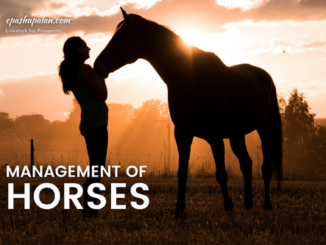
Management of Horses
Basic requirements of horses are shelter, feed, water, grooming, waste removal and exercise that will be discussed in this article. >>>

Basic requirements of horses are shelter, feed, water, grooming, waste removal and exercise that will be discussed in this article. >>>
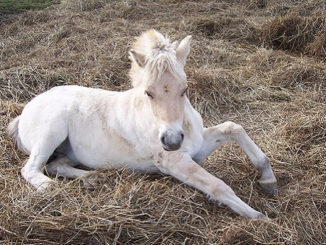
Ultimately the aim of breeding is to produce an adult horse of good genetic characteristics . Even before a live foal is born the nutrition of the mare through pregnancy >>>
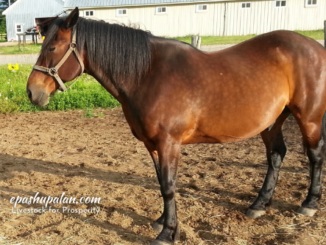
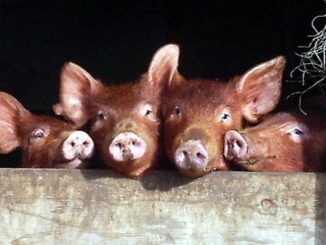
The total livestock population is 535.78 million in the country showing an increase of 4.6% over previous census-2012. The total pig population in country is 9.06 million in current census. Number registered breed of pig in India: 8 >>>
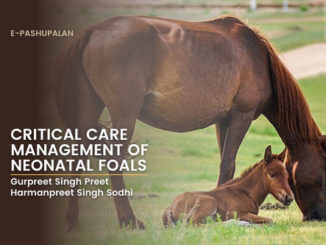
Neonatal period is characterized by dramatic changes in many physiological events in foals. Changes occur rapidly, unlike adult horses the neonatal foal may appear normal and within a few hours may >>>
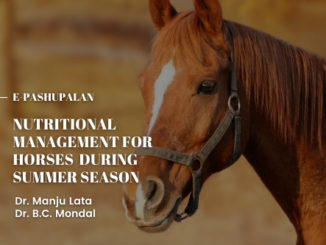
Summer season predisposes a horse to heat stress, sunburns and disturbance due to increased insect activity in the barn. These factors cause discomfort to horse >>>
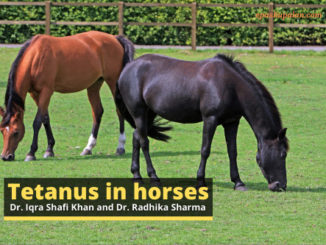
Tetanus also called as lock jaw condition with worldwide distribution is characterized by hyperesthesia, tetany and convulsions. Tetanus is known to cause high fatality in horses by production >>>
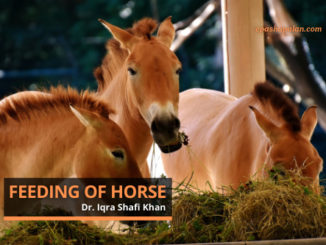
Feeding of horse is an art as well as a science. After food is digested, blood carries its energy to the body. Energy nutrients power muscle movement to walk, breathe and blink eyes. Horses devote >>>
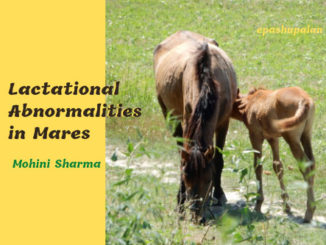
Lactational abnormalities are not found usually in mares. However, when there is a risk to the foal (of a particular mare), concern of mare owner’s increases. However, equine lactation >>>
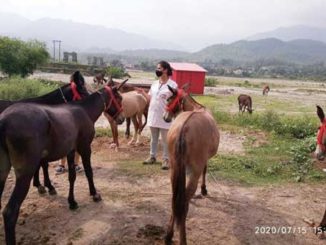
Heat stress is a common condition in working equines, especially in the summer months. Excessive weight lifting and running releases sweat causing water and ionic loss. If it is hot and humid, the humidity decreases the amount of heat loss that can be achieved through evaporation, increasing the risk of heat stress. >>>
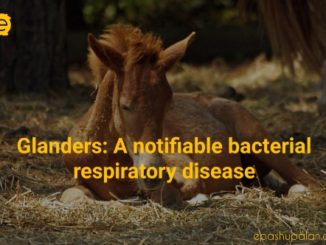
Importance Glanders is one of the most terrible zoonotic bacterial disease by which horses, mules >>>
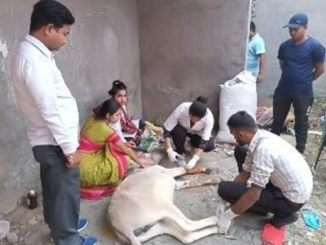
Starting with the treatment and welfare of this donkey Mrs. Surabhi and Mr. Pankaj started working for more abandoned animals and made a shelter for them after consulting with Nagar nigam and SDM of that area. >>>
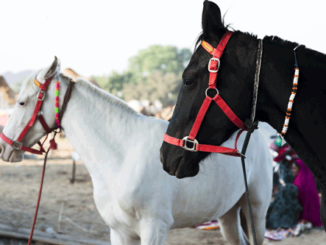
Gastrointestinal disease causing signs of abdominal pain in horses is commonly referred to as colic. Colic is the most important and fatal disease of horses and considered as an important cause of death (Radostits et al., 2007). >>>
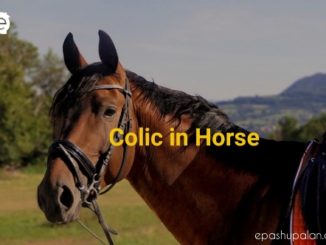
It is most frequently encountered problem in equines and multifactorial in origin. Clinically, disease is characterized by varying degree of signs of abdominal pain, and dehydration-electrolyte balance. On the basis of different factors involved in its causation colic can be classified into four types >>>